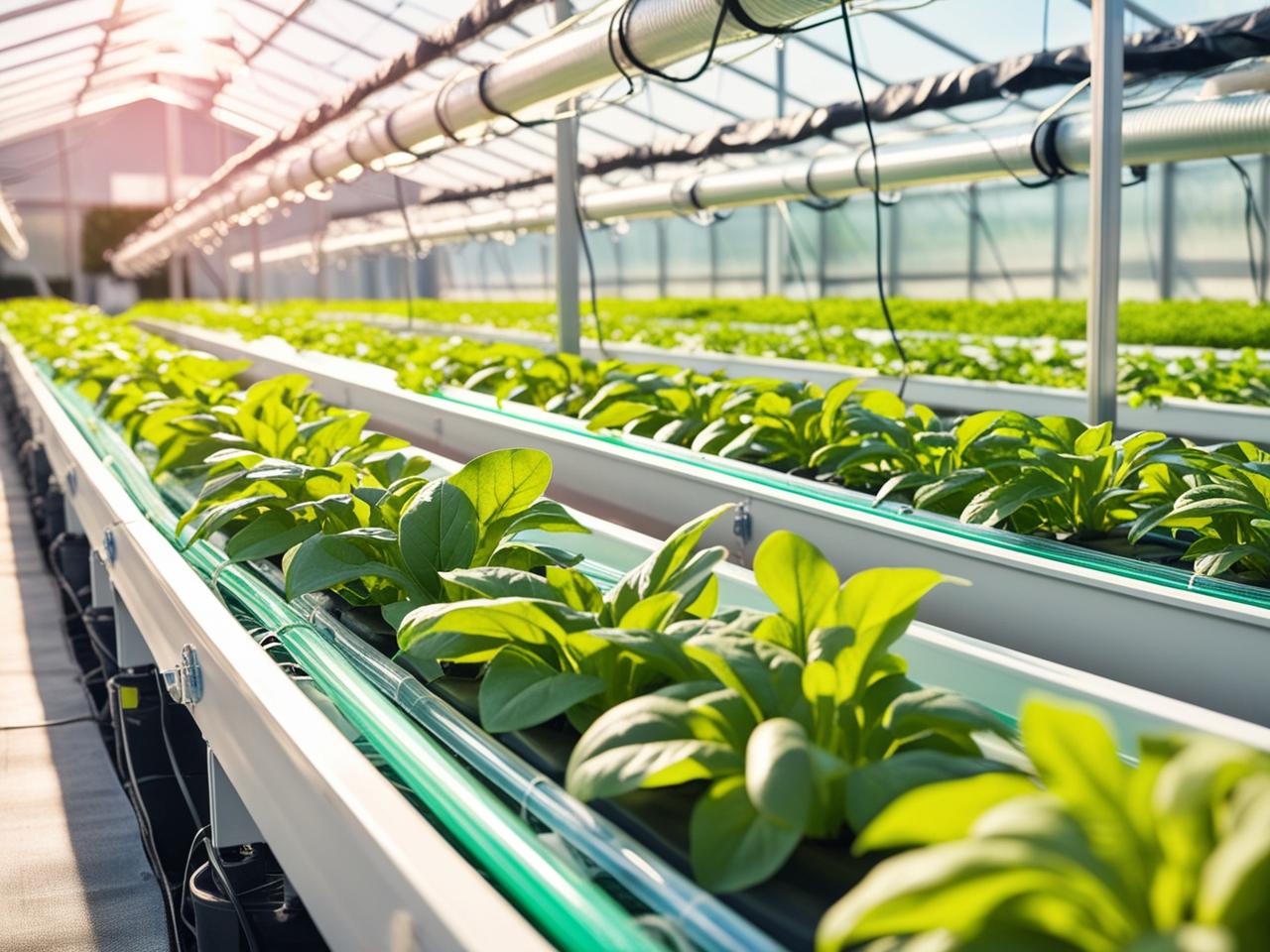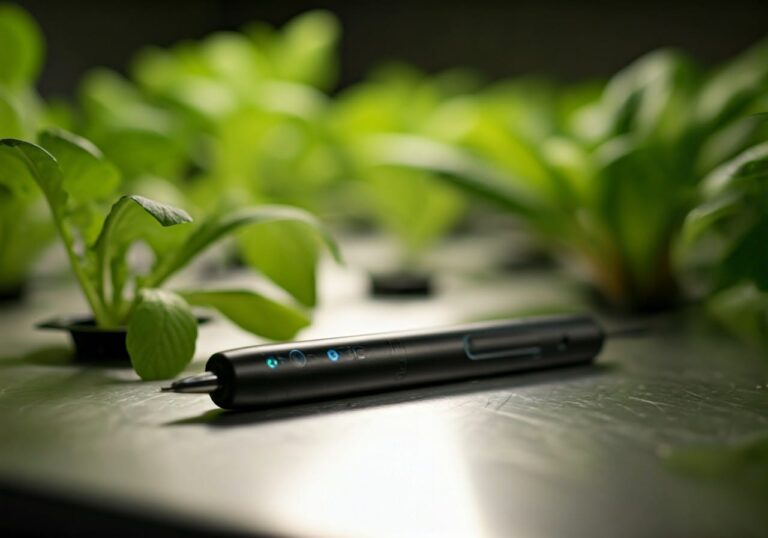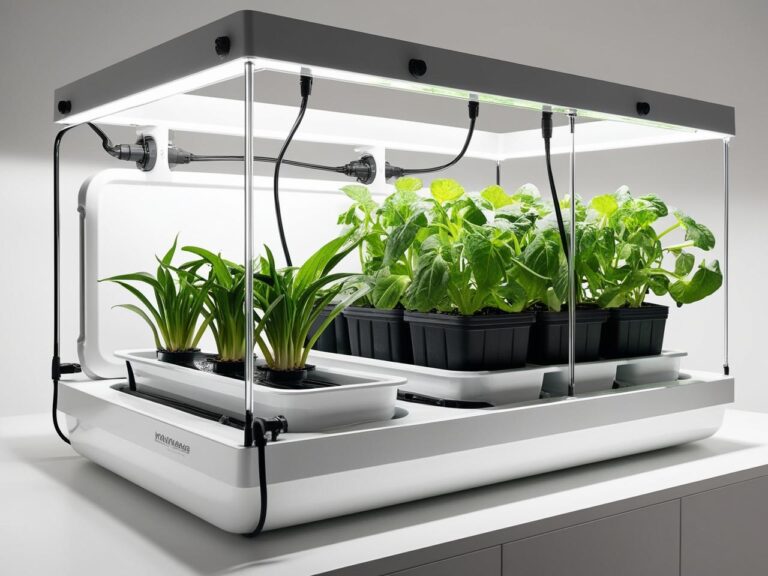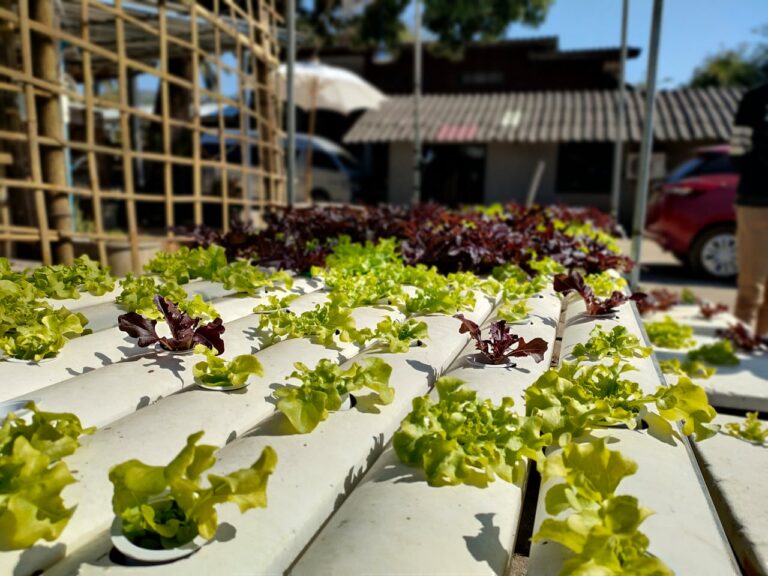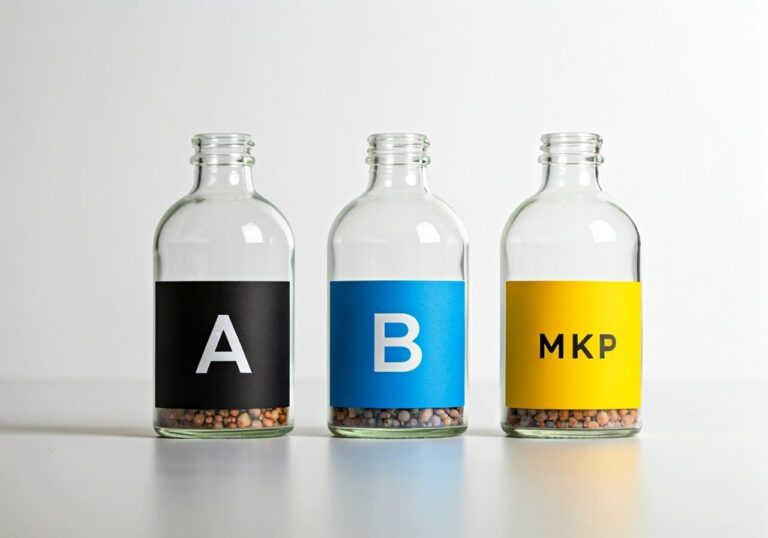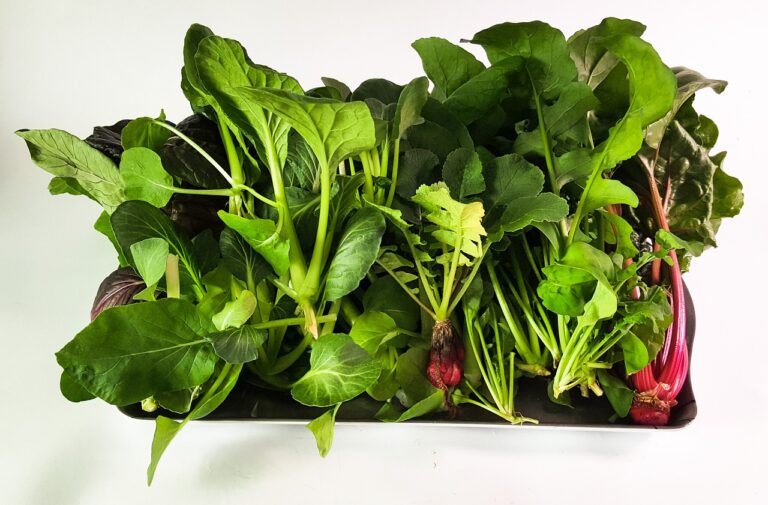Is Hydroponic Farming Profitable? A Cost Analysis 2025
Hydroponic farming, a method of growing plants without soil, has gained popularity as a sustainable and efficient alternative to traditional agriculture. By using water enriched with nutrients, hydroponic systems allow for year-round cultivation, optimized resource usage, and higher yields. As more farmers and entrepreneurs explore this technology, understanding its profitability becomes crucial. This article delves into the costs, revenue potential, and factors that influence the success of hydroponic ventures.
How Hydroponic Farming Works
Hydroponics relies on controlled environments where plants receive nutrients directly through water. Popular systems include:
- Nutrient Film Technique (NFT): Thin films of nutrient-rich water flow past plant roots.
- Deep Water Culture (DWC): Plants are suspended in water enriched with nutrients.
- Aeroponics: Plants are suspended in air while nutrient mist is sprayed onto roots.
Key Components:
- Grow trays or towers
- Nutrient solutions
- Lighting systems (LED or HID)
- Water pumps and reservoirs
Common Crops: Leafy greens (lettuce, spinach), herbs (basil, cilantro), strawberries, tomatoes, and peppers thrive in hydroponic setups due to their high market value and manageable growth cycles.
Initial Setup Costs
Setting up a hydroponic farm involves significant upfront investment:
- Infrastructure Costs: $10,000–$100,000+ for greenhouses, grow lights, and plumbing.
- Equipment: Pumps, grow beds, and sensors may cost $5,000–$50,000 depending on scale.
- Seeds and Nutrients: Annual costs vary based on crop type but typically range from $500–$5,000.
- Labor: Skilled operators command higher wages due to technical expertise.
Estimated Setup Example:
| Item | Cost (USD) |
|---|---|
| Greenhouse Setup | $30,000 |
| Lighting Systems | $10,000 |
| Nutrient Tanks | $5,000 |
| Automation Systems | $15,000 |
| Total | $60,000 |
Operating Costs in Hydroponic Farming
Running a hydroponic farm requires ongoing expenses:
- Water and Nutrients: Efficient systems use 90% less water than traditional farming, costing $1,000–$5,000 annually.
- Electricity: Lighting and climate control can drive monthly bills to $500–$2,000.
- Labor and Maintenance: Costs vary by farm size, but automation reduces human labor needs.
Yields and Revenue Potential
Hydroponic farms often produce 2–4 times the yield of traditional farms due to optimized growth conditions. For instance:
- Lettuce: $2 per head, 10,000 heads/year = $20,000.
- Tomatoes: $3 per pound, 5,000 pounds/year = $15,000.
Hydroponic produce fetches premium prices in local and organic markets, especially for pesticide-free and year-round availability.
Profit Margins in Hydroponic Farming
Profitability depends on careful cost management and yield optimization. For a small-to-medium-sized farm:
- Gross Revenue: $50,000–$100,000/year.
- Net Profit: Typically 20–40%, translating to $10,000–$40,000/year.
Larger farms often achieve higher margins due to economies of scale.
Factors Affecting Profitability
- Scale of Operations: Larger farms dilute fixed costs.
- Location: Urban areas with high demand offer better prices.
- Market Trends: Organic and sustainable produce is in demand.
Cost-Reduction Strategies
Adopting these strategies can enhance profitability:
- Energy-Efficient LEDs: Lower electricity usage.
- Water Recycling Systems: Reduce water costs.
- Crop Selection: Focus on high-margin crops like herbs and microgreens.
Case Studies of Successful Hydroponic Farms
- Farm A: A rooftop hydroponic farm in New York generates $200,000 annually from premium lettuce sales.
- Farm B: A Midwest greenhouse reduces costs by 30% using solar panels, achieving a 50% profit margin.
Challenges in Hydroponic Farming
- High Initial Costs: Many farmers need loans or grants.
- Technical Expertise: Operating advanced systems requires training.
- Market Competition: High-quality produce must stand out.
Comparison with Traditional Farming
Pros:
- Higher yields per square foot.
- No dependency on arable land or weather.
- Reduced water usage.
Cons:
- Higher startup and maintenance costs.
- Limited crop variety compared to soil farming.
Government and Private Sector Support
Governments worldwide support hydroponic farming through:
- Subsidies and Grants: Programs like USDA’s Specialty Crop Block Grant.
- Tax Incentives: For sustainable practices.
Related: Top Recommended Hydroponics Books for All Skill Levels
FAQs About Hydroponic Farming Profitability
- What is the average profit margin for hydroponic farms?
Typically 20–40%, depending on scale and efficiency. - How soon can a hydroponic farm become profitable?
Break-even is usually achieved within 3–5 years. - What are the most profitable hydroponic crops?
Basil, lettuce, and strawberries offer high returns. - Is hydroponic farming environmentally sustainable?
Yes, it uses 90% less water and reduces pesticide use. - Can hydroponic farming be scaled for large operations?
Absolutely, with sufficient investment and market demand. - Are there government grants for hydroponic farming?
Many countries offer subsidies for sustainable agriculture.
Conclusion
Hydroponic farming is a profitable venture for those willing to invest in its high initial costs and technical learning curve. With proper planning, cost management, and market positioning, farmers can enjoy significant returns, contribute to sustainable agriculture, and meet the growing demand for fresh, high-quality produce.

